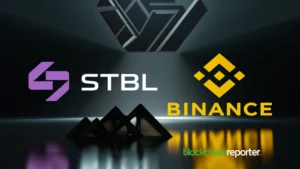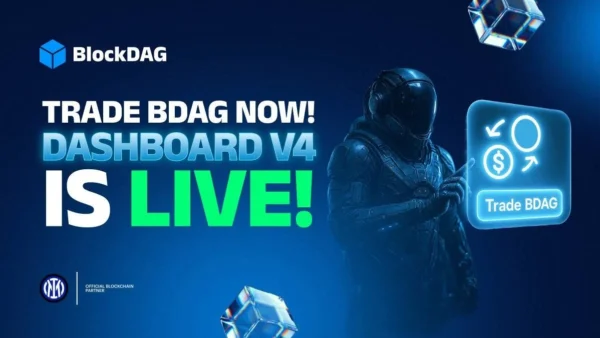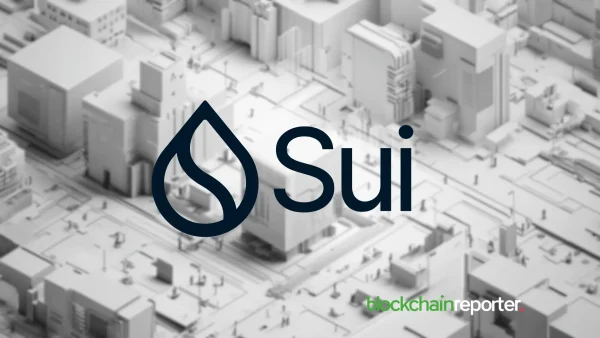
Chainlink is excited to announce the results of a new Smart NAV industry pilot. It conducted in partnership with DTCC and 10 of the world’s largest financial institutions. This pilot successfully delivered key mutual fund data onchain. DTCC, which manages over $2 quadrillion a year, is the world’s largest post-trade market infrastructure platform. DTCC is a post-trade market infrastructure responsible for clearing, settlement, asset servicing, data management, and trade reporting millions of security transactions every day.
Chainlink and DTCC Pilot Examines Blockchain Price
The pilot with DTCC demonstrated how Chainlink and DTCC can make the net asset value data reachable across virtually any private or public blockchain. The integration also ensures automated data dissemination and historical data access, making fund tokenization a opportunity among users.
One of the critical insights is Chainlink’s CCIP as an open blockchain interoperability framework. It prevents future fragmentation and establishes novel initiatives by safeguarding an abstraction layer between DTCC and blockchains.
When mutual fund tokenization became increasingly popular, DTCC had the idea of leveraging pricing and rate data on the chain for new initiatives. The NAV data can be accessed in any blockchain. The Smart NAV pilot was an extension of DTCC’s Mutual Fund Profile Service I, the industry standard for transmitting “Price and Rate” or Net Asset Value data.
DTCC, Chainlink, and 10 market participants came together to assess the feasibility of and value in delivering a blockchain-based price solution. It provides new opportunities and enables experimentation in asset management.
DTCC and Chainlink Experiment Enhances On-Chain Data Usage
The pilot showed that structured data on-chain and standard roles and processes provide the means by which core data can be fixed into a wide range of on-chain use cases. These include tokenized funds and bulk consumer smart contracts that have data for multiple funds. The ability to do this in real time allows for further industry exploration and supports a wide array of downstream use cases.
Lastly, DTCC allows data to be used and regulated, with Chainlink’s CCIP serving as the interoperability layer. The potential use cases for this core function, as demonstrated in this experiment, are almost countless, resulting in making current operational processes more efficient and improved.








